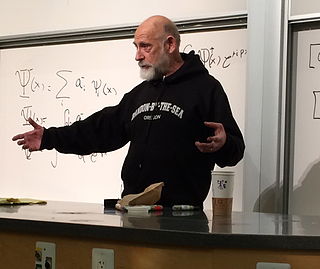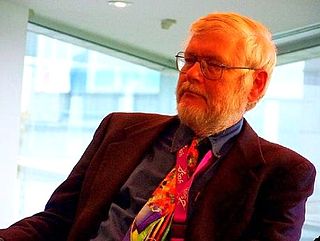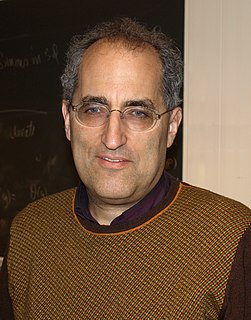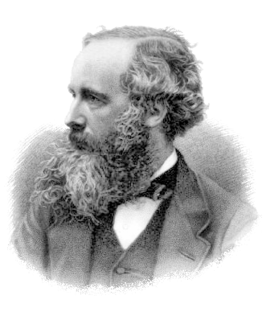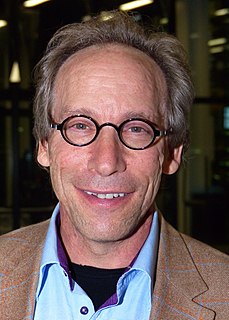A Quote by Lisa Randall
The standard model of particle physics describes forces and particles very well, but when you throw gravity into the equation, it all falls apart. You have to fudge the figures to make it work.
Related Quotes
The standard model of particle physics says that the universe consists of a very small number of particles, 12, and a very small number of forces, four. If we're correct about those 12 particles and those four forces and understand how they interact, properly, we have the recipe for baking up a universe.
The main thing to understand about the current state of physics is that we have - are in some sense, a kind of victim of our own success. We have an incredibly successful theory called the Standard Model. And it really explains everything that we can observe about and in terms of a very small number of elementary particles and some basic forces between them. And it's a quite beautiful theory and it really is just absurdly successful.
Just as the system of the sun, planets and comets is put in motion by the forces of gravity, and its parts persist in their motions, so the smaller systems of bodies also seem to be set in motion by other forces and their particles to be variously moved in relation to each other and, especially, by the electric force.
Reality is what kicks back when you kick it. This is just what physicists do with their particle accelerators. We kick reality and feel it kick back. From the intensity and duration of thousands of those kicks over many years, we have formed a coherent theory of matter and forces, called the standard model, that currently agrees with all observations.
Well, my intention is to make work about being uncomfortable. About being in a world that isn't always the world you want to be part of. I talk a lot about the free fall, the moment in the scene where gravity takes over, and the beautiful awkwardness when gravity wins. Gravity is hilarious. Gravity always wins.







